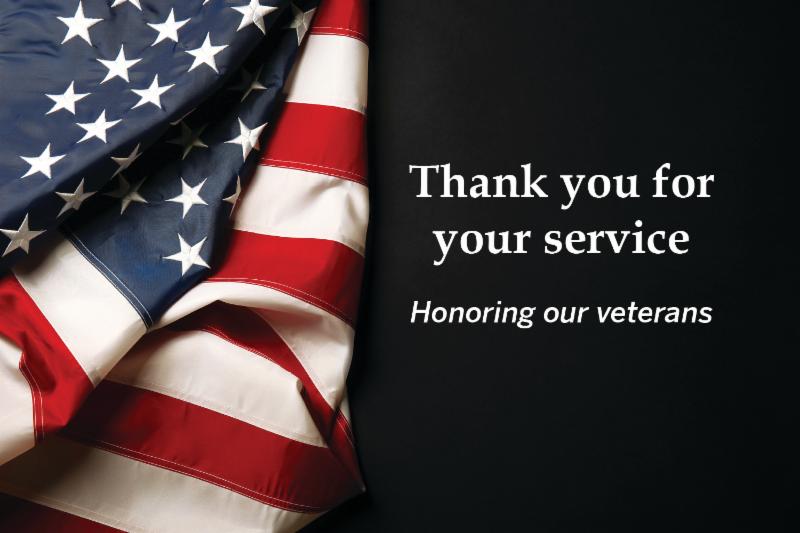Veterans Day has its origins in Armistice Day, which was first acknowledged by President Wilson in 1919. The first anniversary of the signing of the Treaty of Versailles took place “in the eleventh hour of the eleventh day of the eleventh month.” Congress made Armistice Day a national holiday on November 11, 1938.

After World War II, Alvin King, a small business owner in Emporia, Kansas, had a problem with the narrowness of those honored on Armistice Day. Al was so moved by the death of his nephew, John E. Cooper, who was killed in the Battle of the Bulge that he, along with the Emporia Chamber of Commerce, started a movement to rename and redefine Armistice Day as Veterans Day. His goal was to expand recognition beyond military veterans who served in WWI. The idea caught on and President Eisenhower made Veterans Day official in 1954.
But who is a veteran? Having a lot of money at stake in the definition of military veteran, since it comes with the eligibility of benefits, the government sticks to a narrow one: someone who served on active duty for more than six months, while assigned to a regular U.S. armed services unit. Unfortunately, this version omits the service of most of the members of the National Guard and Reserves.
In 2016, the government finally passed a law that allowed retired members of the Guard and Reserves to refer to themselves as veterans, without being eligible for any associated benefits. This was progress, but it didn’t go far enough for generations of Guard and Reserve members – millions of individuals – who made themselves available to their country for less than 20 years, including during wartime, knowing they might be deployed, like John E. Cooper.
So, in the spirit of Alvin King, it’s time to expand who we honor on Veterans Day.
History makes the case for a practical definition of a military veteran. In his 1776 seminal work, “The Wealth of Nations,” Adam Smith described America’s revolutionary army as those who “. . . turn from their primary citizen character into a standing army.” The legendary “Minutemen” were, in fact, private citizens, making themselves available to their country as the need arose. Today we would classify most of them as small business owners and employees.
There is also a powerful, technical argument to be made. Since June 14, 1775, every enlisted and commissioned member of the U.S. military – including Guard and Reserve – has raised their right hand and sworn an oath of service. The modern oath varies from the early version primarily in the reference to the president and the Constitution, neither of which existed in 1775. Here’s the current version which has changed little over 200 years.
“I, (NAME), do solemnly swear that I will support and defend the Constitution of the United States against all enemies, foreign and domestic; that I will bear true faith and allegiance to the same; and that I will obey the orders of the President of the United States and of the officers appointed over me, according to regulations and the Uniform Code of Military Justice. So help me God.”
Anyone who takes that oath and then backs it up with service deserves the honor of being called a veteran. Based on the hundreds of awesome military men and women I’ve known and served with from all services, I propose this definition: “A Veteran is someone who served honorably in either of the military services, including the National Guard and Reserve, and simultaneous with taking the oath, wrote a check made payable – on-demand – to The United States of America, for an amount up to and including their life.”
America has received, held and cashed this “check” from millions of patriots, including members of the Guard and Reserves, who for different periods of time, trained and stood by to turn from their citizen character to protect and defend their country, Constitution and fellow citizens. Every one an honored military veteran.
Write this on a rock … Happy Veterans Day to all who swore an oath, wore the uniform honorably, and made themselves available to a grateful nation. God bless America.
